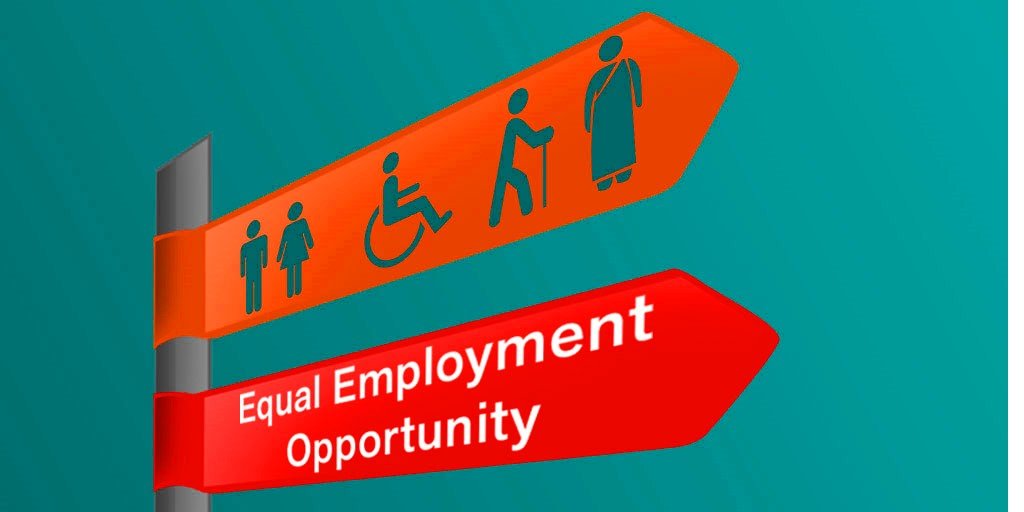Rules Against Child Labor and Youth Employment

Child labor is a global issue that has persisted for centuries, affecting millions of young lives. In this comprehensive article, we delve into the rules and regulations established to combat child labor and promote safe youth employment. From the legal framework to the social and economic consequences, we explore the multifaceted aspects of this pressing concern.
Contents
- 1 The Global Scenario
- 2 Legal Framework
- 3 Impact on Education
- 4 Exploitative Practices
- 5 Social and Economic Consequences
- 6 Initiatives and Organizations
- 7 Challenges in Enforcement
- 8 Success Stories
- 9 Youth Employment Opportunities
- 10 The Role of Education
- 11 Breaking the Cycle
- 12 Corporate Responsibility
- 13 Governmental Policies
- 14 Conclusion
- 15 FAQs
The Global Scenario
Statistics paint a grim picture, with millions of children engaged in labor globally. International efforts and conventions, such as the International Labour Organization’s (ILO) conventions, play a pivotal role in establishing a framework for eradicating child labor and promoting youth employment.
Legal Framework
Laws against child labor vary globally, with stringent measures in some regions and loopholes in others. Age restrictions and limitations on working hours for young individuals form the backbone of the legal fight against child labor.
Impact on Education
The nexus between child labor and limited access to education is undeniable. The long-term consequences affect not only the individuals involved but also society as a whole. Breaking this cycle requires a multifaceted approach.
Exploitative Practices
Hazardous child labor takes many forms, often involving industries that disregard the well-being of the young workforce. From agriculture to manufacturing, exploitative practices persist, necessitating a closer examination of these industries.
Social and Economic Consequences
Child labor contributes to the perpetuation of poverty and societal breakdowns. Understanding the social and economic repercussions is vital in creating effective strategies to combat this issue.
Initiatives and Organizations
Non-governmental organizations (NGOs) and governmental initiatives play a crucial role in the fight against child labor. Examining their contributions sheds light on the collective efforts needed to eradicate this practice.
Challenges in Enforcement
Despite existing regulations, challenges persist in enforcing laws against child labor. Weaknesses in implementation and a lack of awareness and education hinder progress in eradicating this deeply entrenched problem.
Success Stories
Highlighting success stories from countries that have effectively reduced child labor showcases that change is possible. Positive outcomes and improvements serve as inspiration for continued efforts.
Read More: Child Protection Services and Legal Processes
Youth Employment Opportunities
Advocating for safe and legal work for young individuals is integral to the conversation. Skill development programs and initiatives that provide alternatives to child labor contribute to breaking the cycle.
The Role of Education
Education emerges as a key deterrent to child labor. Promoting educational opportunities and awareness campaigns can significantly impact the reduction of child labor cases globally.
Breaking the Cycle
Eradicating child labor requires sustainable strategies that empower communities. Breaking the cycle involves addressing root causes and implementing measures that lead to lasting change.
Corporate Responsibility
Businesses play a crucial role in combating child labor through ethical practices and supply chain transparency. Examining corporate responsibility sheds light on the private sector’s impact on this issue.
Governmental Policies
Continuous improvement of legislation and international cooperation are essential for creating a robust framework against child labor. Governments worldwide must collaborate to ensure the effective enforcement of regulations.
Read More: International Treaties and Child Abduction Laws
Conclusion
In conclusion, the fight against child labor and the promotion of youth employment requires a collective and sustained effort. By understanding the intricate web of legal, social, and economic factors, society can work towards creating a world where every child has the opportunity to grow, learn, and thrive.
FAQs
Why is child labor still prevalent in some regions despite international efforts?
The persistence of child labor is often tied to economic, social, and cultural factors that vary across regions.
How can individuals contribute to eradicating child labor?
Individuals can contribute by supporting ethical businesses, raising awareness, and advocating for stronger legal frameworks.
What role do businesses play in addressing child labor?
Businesses can make a significant impact by adopting ethical practices, ensuring transparency in their supply chains, and supporting initiatives against child labor.
Are there success stories of countries effectively combating child labor?
Yes, several countries have successfully reduced child labor through a combination of legal measures, education initiatives, and social support.
How can governments enforce regulations against child labor more effectively?
Governments can enhance enforcement by improving legislation, collaborating internationally, and investing in education and awareness programs.





